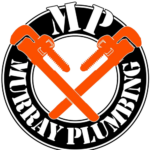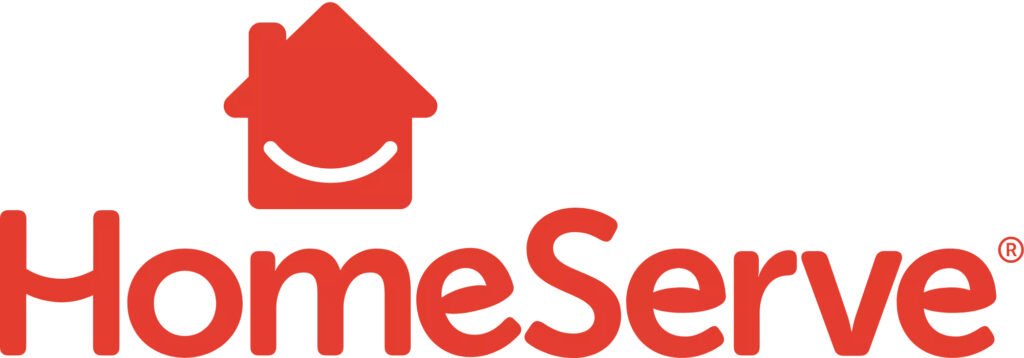As a plumber working in Middletown, PA, one of the most critical topics I deal with on a daily basis is backflow prevention. Not many homeowners are aware of how important it is to prevent backflow or even what it is. Backflow occurs when water flows in the opposite direction, which can allow contaminants to enter your home’s water supply. This is dangerous because it can lead to serious health risks if the drinking water becomes tainted.
Understanding backflow prevention in Middletown, PA is essential for every homeowner. Whether you are maintaining your system or hiring a professional to help, it’s crucial to know why it matters and what you can do to keep your water supply safe.
What is Backflow and Why Does It Happen?
Backflow typically occurs when there’s a change in water pressure. This can happen due to a variety of reasons like a burst pipe, a sudden increase in water demand, or if there’s heavy rainfall that overwhelms the system. When this happens, water can flow in reverse, carrying harmful substances from outdoor hoses, sprinkler systems, or even your sewer line back into your clean water supply. This is why the importance of protecting water supply from contamination in PA cannot be overstated.
Here in Middletown, we take our water quality very seriously, and the last thing anyone wants is to deal with contaminated drinking water. Backflow prevention devices are designed to stop this from happening, which brings us to the next important point—how do these devices work?
Types of Backflow Prevention Devices
There are various types of backflow prevention devices and their functions vary depending on your home’s needs. The most common devices you’ll see include:
- Pressure Vacuum Breakers (PVB): This is often used in irrigation systems and prevents water from flowing backward into the home.
- Double Check Valve Assembly (DCVA): This device has two check valves that block contaminated water from flowing into your clean water line.
- Reduced Pressure Zone (RPZ) Device: Often installed in more critical areas, this type of device offers the highest level of protection by using a valve that releases water if pressure drops, ensuring no contaminated water gets into your system.
If you’re not sure which device is right for your home, you can always talk to a professional. But having one of these devices installed is crucial for safeguarding public health with backflow prevention measures.
DIY Backflow Prevention Measures for Homeowners
While some backflow prevention systems require professional installation, there are a few DIY backflow prevention measures for homeowners that you can implement. For example, if you’re using a garden hose, you can add a simple hose bib vacuum breaker. These are affordable, easy to attach, and can prevent contaminated water from siphoning back into your home’s water supply.
Another DIY tip is to be mindful of where you place outdoor hoses. Never leave them submerged in water, like a pool or a bucket, as this increases the risk of backflow. These small precautions can go a long way in preventing contamination in your home’s water.
Compliance with Backflow Prevention Regulations
One of the things I always emphasize to homeowners is the importance of ensuring compliance with backflow prevention regulations in Middletown. Local regulations require that backflow prevention devices be installed and maintained on certain systems, especially those connected to irrigation systems, sprinkler systems, or any connection to potentially contaminated sources.
Not complying with these regulations can lead to fines, but more importantly, it can put your family’s health at risk. As a homeowner, it’s your responsibility to ensure that your water supply is protected from contamination, and complying with local backflow regulations is a critical step in achieving that.
Backflow Testing and Maintenance
Even if you have a backflow prevention device installed, it’s important to remember that regular maintenance is necessary to keep it functioning properly. Backflow testing and maintenance services in PA are offered by licensed plumbers, and it’s recommended that you have your system tested at least once a year. This testing ensures that the device is functioning correctly and that there’s no risk of contaminated water entering your home.
I’ve seen instances where homeowners didn’t realize their backflow prevention device had failed, and they ended up with a contaminated water supply. Regular testing can help avoid this issue. It’s a small investment of time and money that can save you from much bigger problems down the road.
Signs of Backflow Issues
Knowing the signs of backflow issues is important so you can address any problems before they become serious. Some common signs include:
- Discolored water: If you notice your water has a brown, yellow, or rusty tint, it could be a sign of contamination.
- Strange odors or taste: If your water smells or tastes off, it could mean that something has contaminated the supply.
- Low water pressure: This could indicate that there’s a problem with your backflow prevention device, especially if pressure drops suddenly.
If you notice any of these issues, it’s important to contact a professional immediately. Catching a backflow issue early can prevent health risks and expensive repairs later on.
Preventing Cross-Contamination of Potable Water
One of the biggest concerns with backflow is preventing cross-contamination of potable water in Middletown. If contaminated water enters your drinking supply, it can cause serious illness. Backflow can introduce chemicals, bacteria, and other harmful substances into the water you use for cooking, drinking, and bathing.
Cross-contamination is preventable with the right measures in place, which is why having a properly installed and maintained backflow prevention device is so critical. This is especially important for homes with older plumbing systems or those with complex setups like irrigation or sprinkler systems.
Backflow Prevention Dos and Don’ts
When it comes to backflow prevention dos and don’ts for PA residents, here are a few key points to keep in mind:
- Do install a backflow prevention device if you have any connections that could introduce contaminants into your water supply, such as irrigation or sprinkler systems.
- Do schedule regular testing and maintenance to ensure your system is working properly.
- Don’t ignore the signs of potential backflow issues, like discolored water or sudden drops in water pressure.
- Don’t leave hoses submerged in water, such as pools or buckets, where backflow can easily occur.
By following these simple guidelines, you can help ensure your home’s water supply remains safe and clean.
Conclusion: Protecting Your Water Supply
In conclusion, backflow prevention in Middletown, PA is a vital part of protecting your home’s water supply from contamination. Whether you’re installing a backflow prevention device, scheduling regular maintenance, or taking simple DIY precautions, every step you take helps safeguard the health of your family and community.
By understanding the types of backflow prevention devices and their functions, recognizing signs of backflow issues, and ensuring compliance with backflow prevention regulations, you’re doing your part to protect not only your home but also the larger public water supply.
If you haven’t yet had your backflow prevention device inspected or installed, now is the time to take action. It’s a small effort that can prevent major problems in the future.



